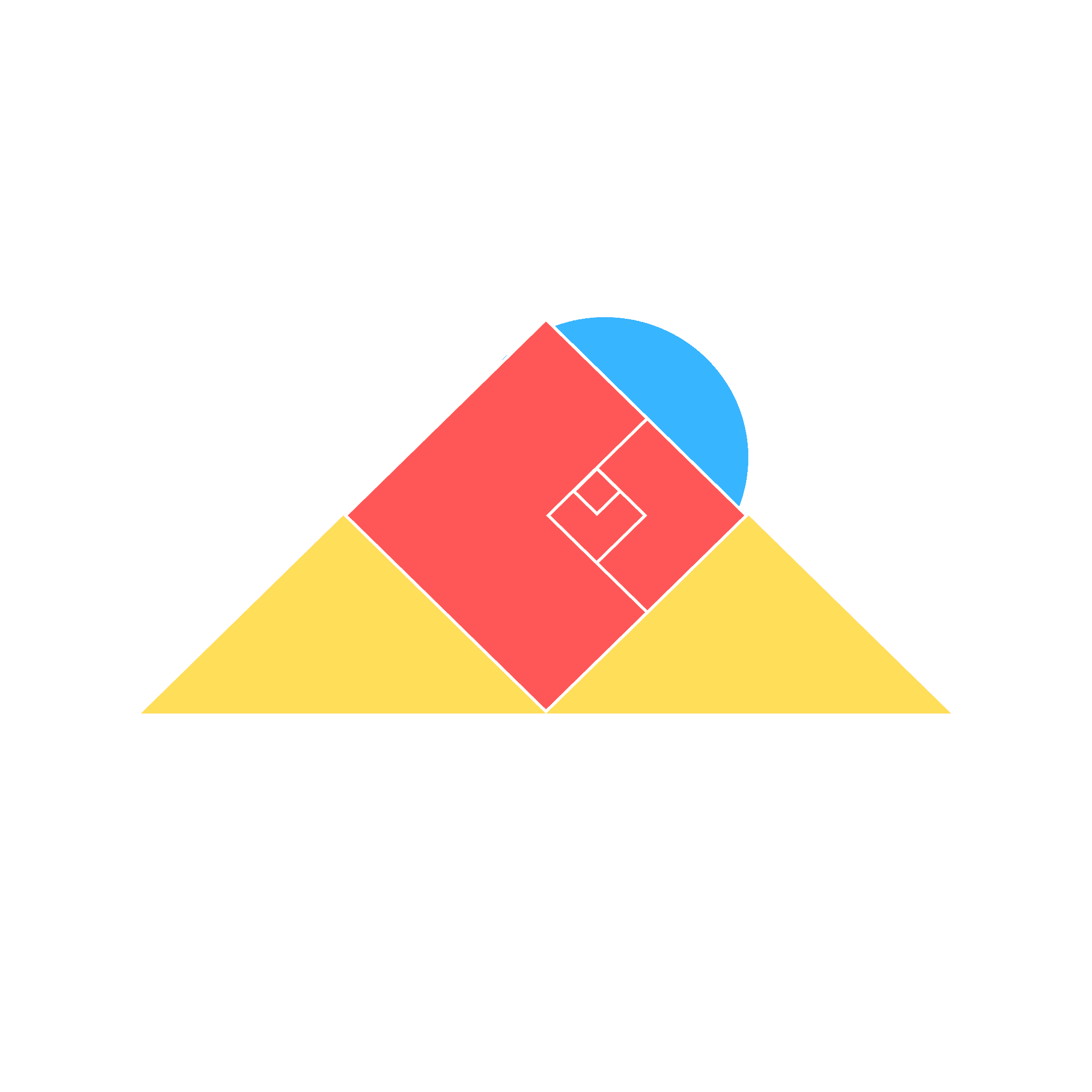Notion tips and tricks
Guide to Notion for business
The product management software industry is on a remarkable upward trajectory, projected to reach $41.58 billion by 2030. This rapid growth is transforming the landscape, making tools like Notion essential for product managers who are dealing with increasingly complex products and workflows.
The Challenge of Developing Complex Products
Developing complex products requires robust frameworks that are applicable at every stage of the product life cycle. At Belowtion, we believe that software development is fundamentally a knowledge activity—a philosophy that aligns perfectly with Notion’s vision that software should also be enjoyable to use.
However, the market for product management software is competitive. Organizations must carefully select the right software based on their specific needs, available resources, and existing systems. This is similar to how Figma has become indispensable for design teams. The choice of product management tools can significantly impact the efficiency and success of a team.
Evaluating the Competitive Landscape
To better understand the competitive landscape, we conducted a quick research session using ChatGPT to evaluate various product management software options. By refining our findings through a series of questions, we were able to rank these tools based on their capabilities and alignment with modern product management needs. The competition is fierce, as reflected in these rankings.
Why Is This Happening?
The rise in building digital products is driven by the diverse skill sets required in product projects. Today’s product teams are composed of designers, engineers, business analysts, and marketers, all working together to bring a product to life. This collaborative approach has led to a shift toward being software-led rather than product-led. Even the role of product managers is evolving, as evidenced by changes in companies like Airbnb.
In the AI era, the role of product managers will likely continue to evolve. Product managers need tools that are both flexible and structured, allowing them to centralize work and knowledge in one place throughout the product management cycle. This need is especially critical in the early stages, before software development begins.
Understanding the Product Development Process
One framework that helps us understand the process of building software-based products is the Double Diamond framework. This model breaks down the product development process into two main phases: discovery and delivery. Each phase has a divergent and convergent step, helping teams explore multiple solutions before narrowing down to the best option.
Another valuable concept is the Cone of Uncertainty from AACE International, which describes the evolution of project uncertainty. At the beginning of a project, uncertainty is high because little is known about the final product. As research and development progress, this uncertainty decreases, ideally reaching 0% by the project’s end when responsibilities are transferred to a maintenance team.
Visualizing these frameworks can help product managers navigate the complexities of product development more effectively.

Get Product Management Super-powers
If you are a product manager looking for new ways and tools to upgrade your product organization, visit product.belowtion.com or get our product builder suite.


